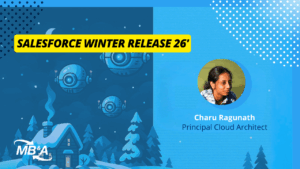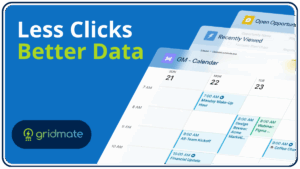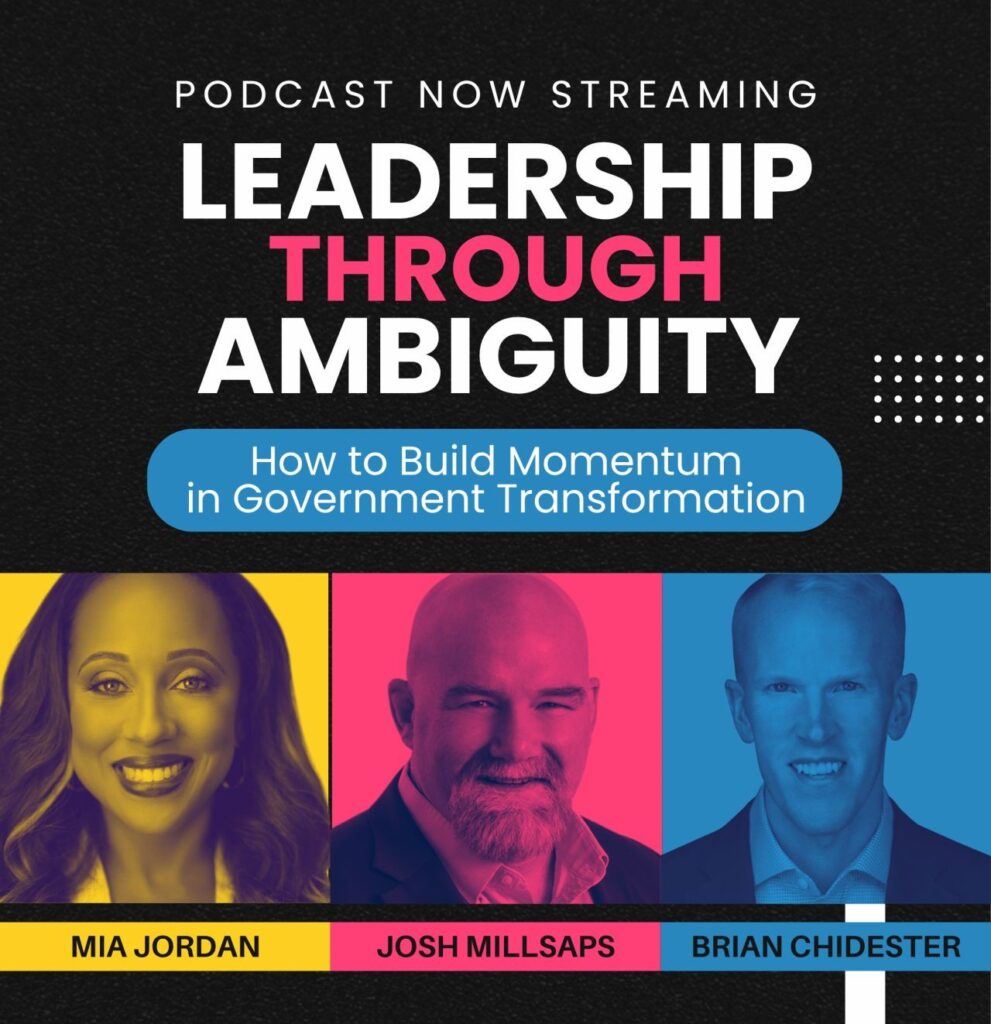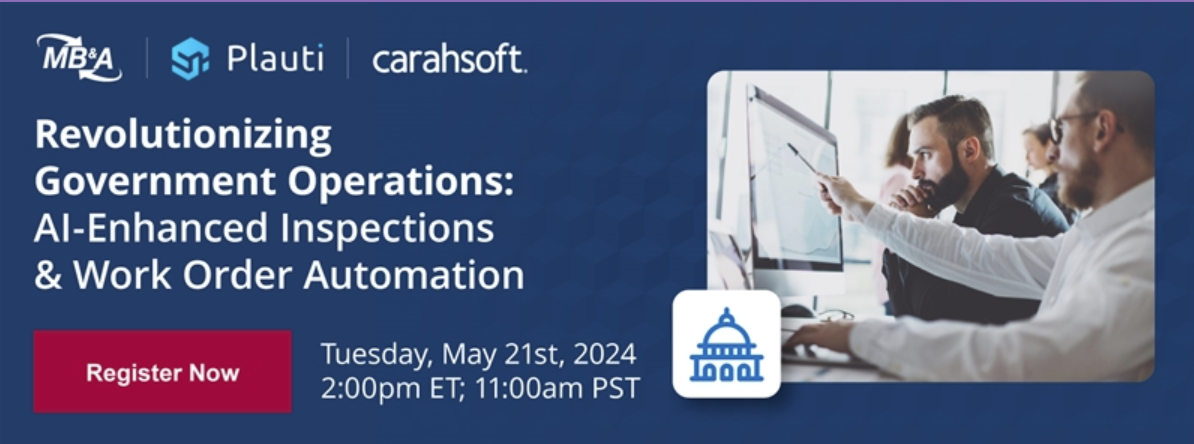The landscape of government technology is shifting dramatically. While agencies have traditionally approached modernization through isolated projects and custom solutions, a new paradigm is emerging—one that prioritizes reusable platforms over one-off implementations. This strategic pivot isn’t just about efficiency; it’s about survival in an era of tightening budgets, workforce challenges, and accelerating citizen expectations.
"This idea of thinking in platforms is really important..."
Joshua Millsapps, CEO, MB&A
The Platform Imperative
The traditional approach to government IT modernization often resembles a patchwork quilt—individual projects addressing specific needs without consideration for broader organizational goals or future scalability. This project-by-project mentality has led to fragmented systems, duplicated efforts, and mounting technical debt that agencies can no longer afford to ignore.
Platform thinking offers a fundamentally different approach. Instead of building bespoke solutions with different technology stacks for every challenge, agencies can create foundational infrastructure that supports multiple use cases and scales with organizational needs. This isn’t merely a technical consideration—it’s a strategic one that directly impacts an agency’s ability to adapt and innovate.
When agencies embrace platform strategies, they unlock several critical advantages: enhanced return on investment through reusability, faster time-to-market for new capabilities, and the ability to pilot solutions within existing infrastructure rather than starting from scratch each time.
This platform imperative enables innovation centers and places control in the customers hands.
"Don't start with the tech, but start with trust"
Mia Jordan, Global GTM Executive, Salesforce
Trust Before Technology
While the allure of cutting-edge technology is strong, successful platform implementation begins with a more fundamental element: trust. Before diving into technical specifications or vendor evaluations, leaders must invest time in understanding their organization’s pain points, mapping existing processes, and identifying redundancies that platform solutions could eliminate.
This human-centered approach to technology adoption recognizes that even the most sophisticated platform will fail if it doesn’t address real organizational needs or if stakeholders don’t trust the implementation process. Active listening and stakeholder engagement aren’t just nice-to-haves—they’re prerequisites for sustainable transformation.
The most successful platform implementations start with small, targeted pilots that demonstrate value within existing infrastructure. These proof-of-concept initiatives provide concrete evidence of potential returns while minimizing risk and building organizational confidence in the platform approach.
Maximizing Existing Investments
In today’s constrained budget environment, the concept of reuse has become more than a best practice—it’s become essential for survival. Rather than building everything from scratch, agencies must become expert at leveraging existing investments while strategically filling gaps with proven commercial solutions.
This approach requires a careful balance between standardization and customization. While every agency faces unique challenges, the temptation to over-customize solutions often leads to technical debt and increased maintenance costs. The key lies in standardizing where possible and customizing only where absolutely necessary to achieve mission-critical outcomes.
Smart agencies are adopting a “build what’s missing, buy what works” philosophy that maximizes the value of previous investments while avoiding the trap of endless customization. This approach allows resources to be focused on truly impactful outcomes rather than reinventing solutions that already exist in the marketplace.
“As noted, there has to be both a carrot... and a stick in ensuring that policy implementation aligns with a modern, reusable architecture.”
Brian Chidester, Head of Global Strategy and Innovation – Public Sector, Adobe
Empowering Bold Leadership
Perhaps the most critical factor in successful platform adoption is leadership that’s willing to embrace calculated risk-taking. In an environment where failure has traditionally been heavily penalized, agencies need leaders who provide “top cover” for their teams to experiment, pilot, and iterate quickly.
This doesn’t mean abandoning prudent oversight or accountability. Rather, it means creating an environment where teams are empowered to “run with scissors”—to move quickly and decisively even amid uncertainty. The most innovative agencies have leaders who understand that the risk of inaction often exceeds the risk of making mistakes while moving forward.
Clear communication from leadership about expectations, risk tolerance, and decision-making authority is essential. When teams understand they have permission to move at the speed of business and learn from failures, they’re more likely to pursue the bold initiatives that drive meaningful transformation.
The AI and Automation Opportunity
Today’s platform strategies must account for the rapid advancement of artificial intelligence and automation technologies. Low-code tools and AI agents are no longer experimental technologies—they’re practical solutions that can automate repeatable processes and reduce dependency on custom development.
These technologies offer agencies the opportunity to accelerate platform implementation while reducing long-term maintenance requirements. However, success requires moving beyond the hype to focus on specific use cases where AI and automation deliver measurable value.
The agencies that thrive in the coming years will be those that thoughtfully integrate these emerging technologies into their platform strategies rather than treating them as separate initiatives.
Building for the Future
The shift toward platform thinking represents more than a technological evolution—it’s a fundamental change in how government agencies approach problem-solving and service delivery. This transformation requires vision, pragmatism, and the courage to challenge established ways of working.
Agencies that successfully navigate this transition will find themselves better positioned to adapt to future challenges, deliver improved citizen services, and maximize the impact of every taxpayer dollar. Those that cling to project-based approaches risk falling further behind as the pace of change continues to accelerate.
The question isn’t whether government agencies should embrace platform strategies—it’s whether they can afford not to. In an era where agility and efficiency are no longer optional, platform thinking has evolved from a best practice to a necessity for organizational survival and success.
The time for incremental change has passed. Government agencies must be willing to take bold swings, embrace the art of the possible, and build the foundation for a more effective, efficient future. The platform approach provides the roadmap—but success ultimately depends on the courage to follow it.

Digital Tools Protecting People and Projects at the VA
At the heart of the VA’s mission to honor veterans lies a commitment to modernizing infrastructure with cutting-edge digital tools.

Salesforce’s Winter Release 26’: For the Admins and Developers
While much of the recent buzz has focused on AI, a closer look at the Winter release reveals that the most significant, immediate benefits are squarely aimed at the people building and maintaining the platform: the admins and developers.

Gridmate: A Cheat Code in Making Your Salesforce Org AI-Ready
If you’ve cleaned your data but haven’t operationalized how it stays clean, you’re still at risk.
Gridmate gives you ease of use and visibility tools to identify and fix problems.
MB&A gives you the process architecture to prevent them and become predictive.
Together, they form the foundation for AI-ready, audit-ready, confidence-inspiring Salesforce orgs.




